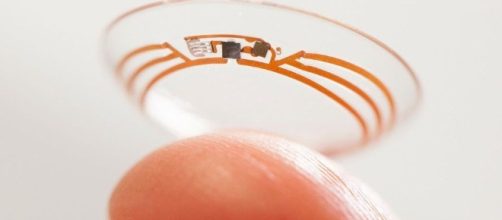Sony is intending to turn one of the eyeballs of a human into a digital camera. The company is trying to come up with a digital image technology that would fit inside an eye contact lens capable of controlling the mechanism for taking pictures. The tiny image capturing mechanism would contain image storage capacity and be able to send image data to an external device. To capture an image, a person would only need to close their eyelid carrying the contact lens.
Smart contactlens
These devices are worn directly on the eyeballs of a person and are utilized for visual correction and appearance, thus some lenses are sold in different colors, which provide the eyes with the desired color.
The camera design planned by Sony proposes a very thin image display that would come integrated in a set of contact lenses, simulating the purpose of normal contact lenses, but also be able to take images of the surrounding environment.
Mechanism to take pictures
To capture a picture, a person would only need to blink. The tiny device would automatically differentiate between conscious and subconscious blinking, permitting the person complete control of the capturing mechanism by intentionally opening and closing the eye. The person would also have control of advanced camera adjustments, including aperture and shutter speed and later send the captured data to an external device, such as a personal computer,Tablet, or Smartphone.
Smart digital camera
This tiny digital contact lens camera will consist of a lens unit with a curved surface shape that can be easily set and removed from the eyeball; a circuit and display unit integrated in the lens unit with a transparent synthetic resin on their external sides that is opposite to the contact surface of the eyeball.
This will allow the eyelid of the user to smoothly move over it.
The piezoelectric sensors integrated in the lens would be able to record the difference between voluntary and involuntary blinking and they would also convert the movements of the eye into the energy necessary to power the lens.Although the diminutive technology is still a conceptualized idea, when fully developed, it will certainly be a Science advancement in digital image technology.

